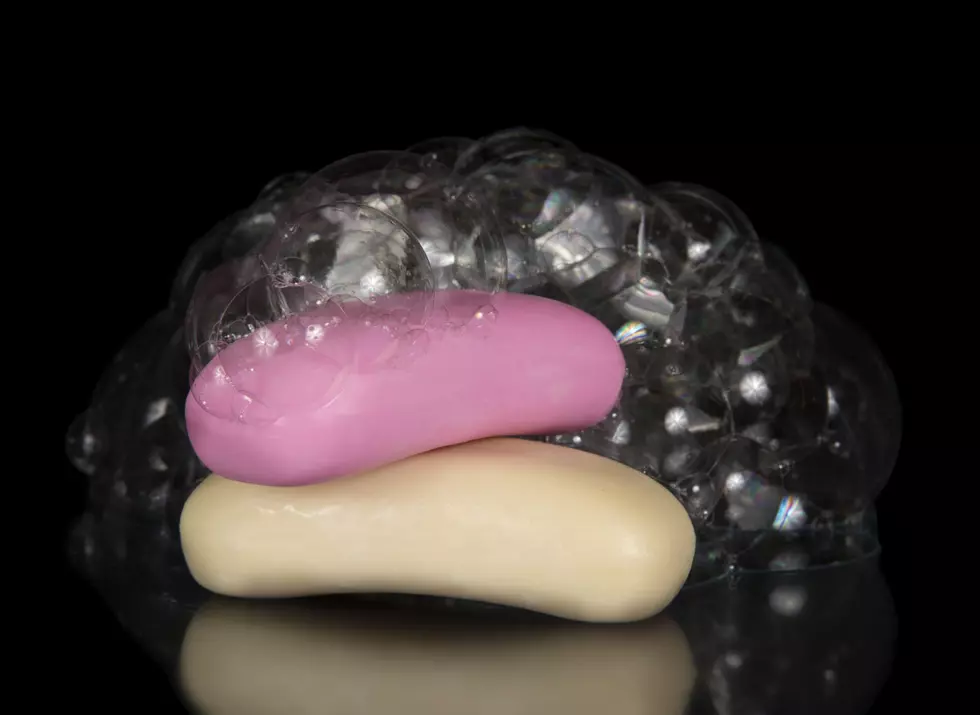
Chef Paul Prudhomme dies at 75
At his New Orleans restaurant, legendary chef Paul Prudhomme proudly showed off dishes and ingredients from his upbringing in Louisiana's rural Cajun country: blackened redfish, jambalaya and sweet potato pecan pie drew diners by the droves to his K-Paul's Louisiana Kitchen.
Such fare, in turn, helped helped launch Prudhomme as a culinary superstar who brought Cajun cuisine into the mainstream. At a time when the country's top restaurants served virtually nothing but European food, Prudhomme's message to diners and other chefs was simple.
Prudhomme died Thursday after a brief illness. He was 75.
"'Be proud of our local cuisine, local culture, local accents.' Paul was the catalyst that made that happen," said fellow New Orleans chef John Folse.
Folse is one of the legions of culinary masters and Cajun food fans who are mourning the loss of Prudhomme.
In 1979, Prudhomme opened K-Paul's Louisiana Kitchen, a French Quarter diner that served the meals of his childhood and helped launch him into culinary superstardom.
The distinctly American chef had no formal training, but he stirred up a nationwide appetite for Cajun food by serving dishes - gumbo, etouffee and jambalaya - that were once largely unknown outside Louisiana.
"He was always on a mission and nothing was impossible for Paul. He did things his way and let the food speak for itself," said chef Frank Brigtsen, who worked for Prudhomme for seven years. "He changed the way we eat in New Orleans in a major way, by bringing Acadian or Cajun cuisine to the restaurants of the city."
Prudhomme was known for his innovations. His most famous dishes used the technique he called blackening: fish or meat coated with spices, then seared until black in a white-hot skillet. Blackened redfish became so popular, Prudhomme lamented, that customers stopped ordering the traditional Cajun dishes he loved to prepare.
"We had all this wonderful food, we raised our own rabbit and duck, and all anyone wanted was blackened redfish," he said in a 1992 interview.
Prudhomme was raised by his sharecropper parents on a farm near Opelousas, in Louisiana's Acadiana region. The youngest of 13 children, he spent much of his time in the kitchen with his mother, whom he credited for developing his appreciation of rich flavors and the fresh vegetables, poultry and seafood that she cooked.
"With her I began to understand about seasoning, about blending taste, about cooking so things were worth eating," he said.
After high school, Prudhomme traveled the country cooking in bars, diners, resorts and hotel restaurants.
He returned to New Orleans in the early 1970s and found a job as chef in a hotel restaurant. In 1975, Ella Brennan hired him to become the head chef at Commander's Palace, a bold step for the esteemed restaurant.
Brennan said at the time that the food scene was evolving rapidly and the restaurant wanted someone who could help them be part of the change.
"What we were really trying to do also was put New Orleans on the map as a food center. And Paul contributed to that in every way humanly possible," she said.
Four years after joining Commander's Palace, Prudhomme and his wife opened K-Paul's.
K-Paul's was inexpensive and unassuming - formica tables, plywood walls, drinks served in jars and customers often seated next to people they didn't know. But it was soon the most popular restaurant in New Orleans.
Prudhomme's bearded face and oversized frame became familiar on television talk shows in the 1980s, where he encouraged Americans to spice up their meals. He expanded K-Paul's and turned it into an upscale operation. He published bestselling cookbooks and created a business that sold his spicy seasoning mixtures around the country.
After Hurricane Katrina, he used the profits from his spice company to keep his restaurant afloat, bringing in trailers to the parking lot for his staff to live in and cooking thousands of meals for rescue workers, said Liz Williams, who heads the city's Southern Food and Beverage Museum.
Prudhomme's success brought regrets, as well. Prudhomme sparked the Cajun food craze, but he often said few Cajun restaurants outside Louisiana served the real thing. He worried over the common perception that all Cajun food is blistering hot.
Prudhomme's weight, as much as his cooking skills, was a career trademark. Just over 5 feet tall, he had trouble squeezing into chairs. He had a bad knee, used a cane and usually moved in a scooter instead of walking.
But later in his career he significantly slimmed down. During a 2013 cooking demonstration in New Orleans - done from his motorized scooter - he told the crowd that at one time he was 580 pounds but now weighed in at 200 pounds.
"I used to taste things this way," he said, filling his large cooking spoon. "Now I taste them this way." He poked a fork into a single piece of carrot and held it up.
© 2015 The Associated Press. All rights reserved. This material may not be published, broadcast, rewritten or redistribute




